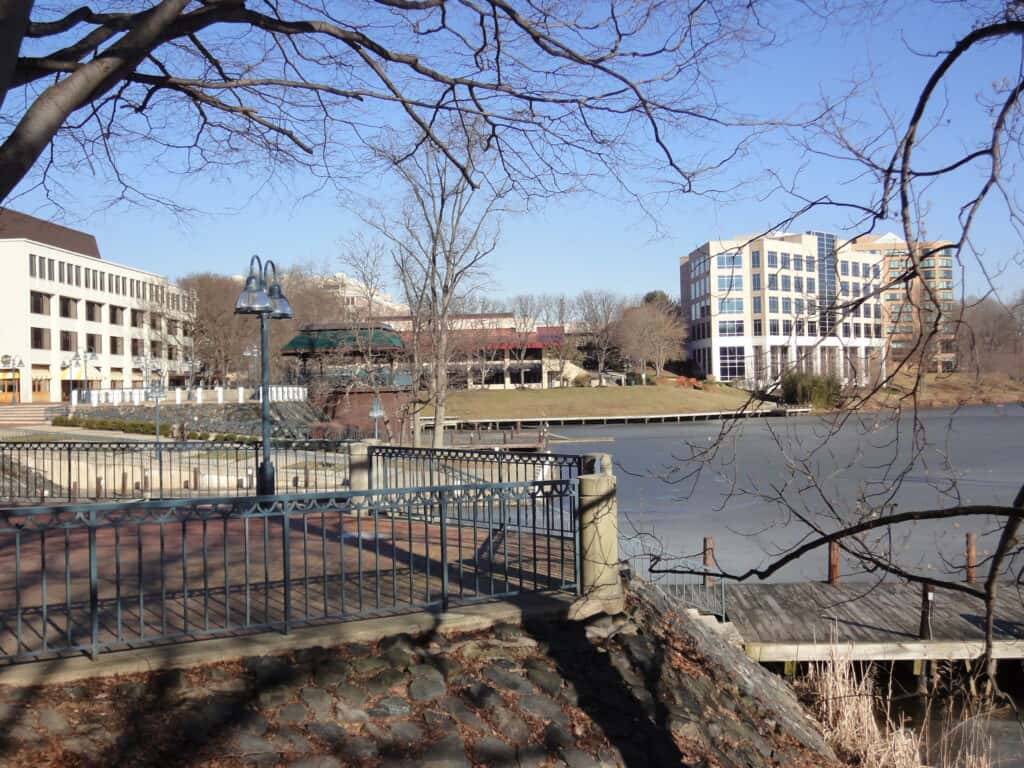Economic justice advocates face off against huge and pervasive forces every day in working to build a better world. The enormity of that history can feel overwhelming, especially when assessing national-level data about the problems that National Community Reinvestment Coalition (NCRC) members work every day to cure.
It can help to drill down to a more local level, and blend a specific narrative history into the hard numbers. We recently chose to do so with one very specific corner of this country – a place that has many lessons to offer to civic leaders and community organizers and development planners everywhere, as they pursue visions of inclusive neighborhoods and cities in their own service areas.
Prior NCRC research has shown how the structures of inequality of the past have great effects on the inequality of today. This is why Columbia, Maryland, stands out. A city that was designed to be inclusive of African Americans is unusual and 55 years after its founding we wanted to examine what structures it created to be racially and economically inclusive and how they are holding up compared to the rest of the nation.
The community of Columbia, represented a clear break with segregationist practices in urban development. When it was developed in the mid-1960s, the Rouse Corporation intentionally welcomed people of all races and faiths, rejecting racial steering, redlining and discouragement of Black families searching for a welcoming community. As a result, Columbia today ranks highly in terms of Black income and opportunity.
However, early progress in constructing an integrated, economically viable community which provides ”… the best possible environment for the growth of people” may be slipping. Columbia is experiencing “creeping segregation,” as measures of the exposure to and isolation from Black and White residents in Columbia’s villages deteriorate. This report details some of the challenges facing the town 55 years into its development. Key findings include:
- Columbia was a regional leader in creating a community of Black/White integration. However, Columbia is becoming more segregated – with increasing clustering and isolation, and also less exposure of residents in Black and White neighborhoods to each other.
- The neighborhood-level segregation in Columbia is notable in the stark divisions between the economic and racial composition of the high schools serving the community. Three of Columbia’s eight high schools have over 60% Black and Hispanic students, with a third of the students there receiving free, or subsidized lunches.
- Housing in Columbia is “affordable” when taken in context with the higher income levels of the community. With median income at $127,545 and median home value of $409,000, Columbia is a high income enclave relative to the country as a whole.
- African Americans in Columbia have over twice the household income of African Americans nationally. In fact, most neighborhoods of Columbia are in the top ranks of Black household income, coming in at or above the 80th percentile for African Americans.
- The structuring of Columbia into villages, built at different times and with different objectives, has been a key factor in racial and economic segregation in the community. The newest villages stand decidedly apart in economic metrics as well as representational ones, with the median home value in the village of River Hill at over $700,000.
Bold steps to encourage a mix of affordable and market rate housing are needed as Columbia assesses its path forward for the next 50 years. Columbia once again has an opportunity to be a leader in developing a multi-class and multi-racial community. Future development must have at its center the inclusion of low-income, moderate-income, and high-income housing that can serve as the foundation for a 21st century Columbia. Hopefully the future of Columbia is one that strengthens its ideal of being an inclusive “New Town” rather than falling into the too familiar mold of becoming another exclusive and elite suburb.
Hopefully other communities around the country who are looking to overcome the segregation and disenfranchisement of the past can take lessons from this history and apply them thoughtfully in their own planning and policymaking.
Dedrick Asante-Muhammad is Chief of Organizing, Policy and Equity at NCRC.
Bruce C. Mitchell, PhD is NCRC’s Senior Research Analyst.
Photo via Preservation Maryland on Flickr.



